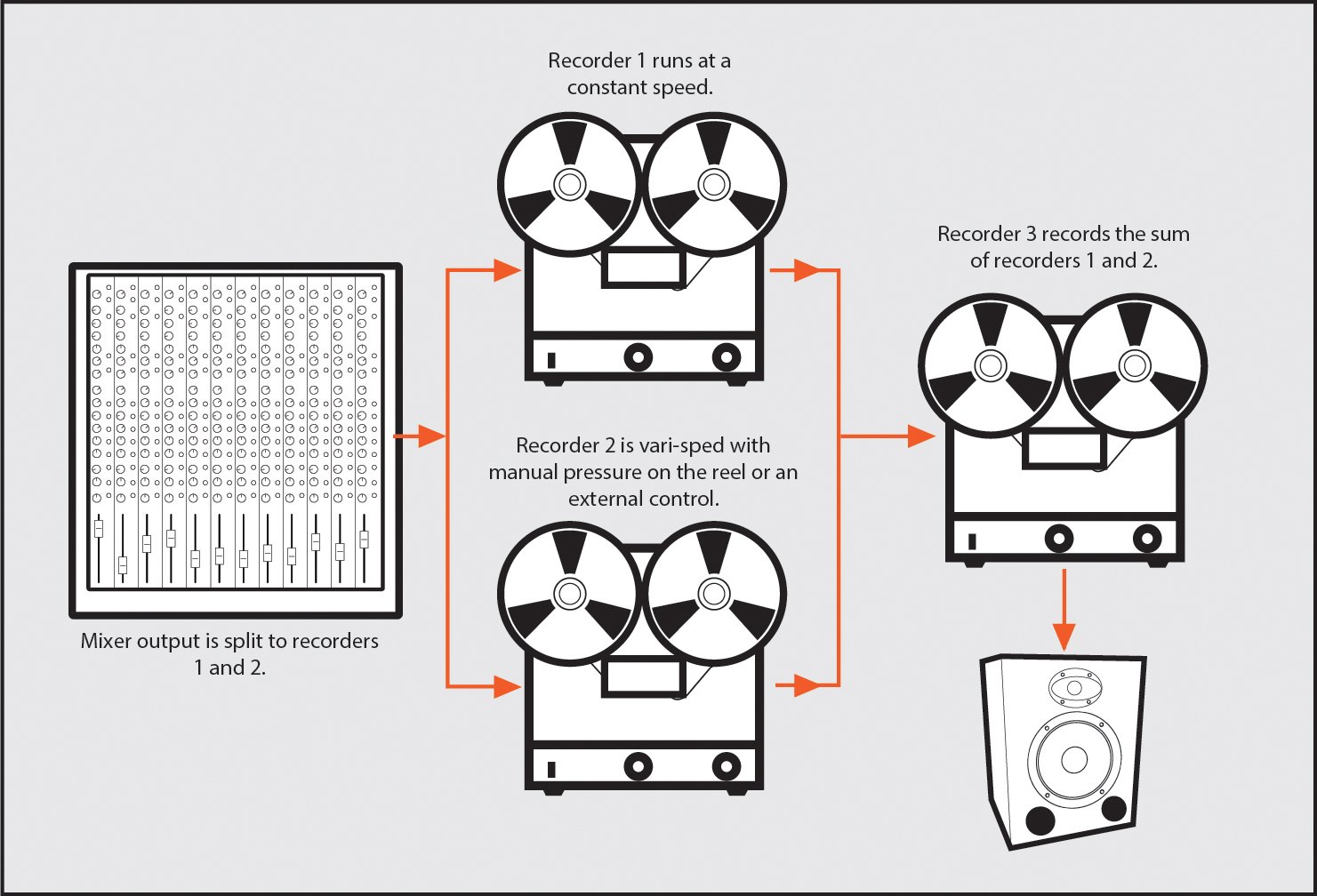Understanding the Flanger: A Music Producer's Guide
What is a Flanger?
In the world of music production, the flanger is an effect that creates a unique sound, often described as a swirling, swooshing, or jet-like noise. This is achieved by mixing a signal with a slightly delayed, modulated version of itself, causing constructive and destructive interference. The result? A dynamic, moving sound that can add depth and character to musical pieces.
A Brief History of the Flanger
The flanger effect has a fascinating history that dates back to the early days of analog recording. Originally, it wasn't an electronic effect but a manual technique. In the 1960s, legendary music producers would simultaneously play two identical recordings on separate tape machines. Then, they would press the flange of one machine's reel to slow it down, creating a slight delay that led to the now-famous flanger effect.
This hands-on method was famously used by The Beatles in their song "Tomorrow Never Knows" and by Jimi Hendrix in "Axis: Bold as Love." As technology advanced, the effect was recreated with electronic means, first in large studio units and eventually in compact stompbox pedals for live performance use.
How to Use a Flanger in Music Production
As a music producer, adding a flanger to your toolkit can open up new creative possibilities. Here's how to use it effectively:
1. Understand the Controls
Most flanger units or plugins come with a set of standard controls:
Rate: Controls the speed of the modulation.
Depth: Determines the intensity of the effect.
Feedback: Adds resonance to the effect by feeding the output signal back into the input.
Mix/Dry-Wet: Balances between the unprocessed and the effected signal.
2. Subtle Use for Texture
A light flanger effect can add texture and movement to instruments without being overpowering. It's particularly effective on guitars, keyboards, and even vocals, giving them a unique character.
3. Dramatic Effects for Creative Flair
For a more dramatic impact, increase the rate and depth. This can create a swirling, psychedelic feel, great for solo sections or to make a particular part stand out in a mix.
4. Rhythmic Enhancement
Sync the rate of the flanger to the tempo of your track to enhance its rhythmic elements. This can add a pulsating character to rhythmic parts like guitar strums or synth lines.
5. Experiment with Stereo
Using a stereo flanger can create a wide, enveloping soundstage. Applying it to stereo tracks or panning the effect can create a sense of space and movement across the stereo field.
6. Combine with Other Effects
Flangers can produce interesting results when combined with other effects like reverb, delay, or distortion. Experimenting with the signal chain can yield unique sounds.
Conclusion
The flanger is a versatile tool in a music producer's arsenal, capable of everything from subtle texturing to creating dramatic, attention-grabbing effects. Its rich history and distinctive sound continue to make it a go-to effect for producers looking to add depth and movement to their tracks. Whether you're working on a guitar-heavy rock song, a psychedelic electronic piece, or just adding flair to vocals, the flanger can bring a unique dimension to your music production.







